(+/-)-Verapamil hydrochloride
Synonym(s):(±)-Verapamil, Hydrochloride - CAS 152-11-4 - Calbiochem;5-[N-(3,4-Dimethoxyphenylethyl)methylamino]-2-(3,4-dimethoxyphenyl)-2-isopropylvaleronitrile hydrochloride;L-Type Calcium Channel Blocker V
- CAS NO.:152-11-4
- Empirical Formula: C27H39ClN2O4
- Molecular Weight: 491.06
- MDL number: MFCD00069355
- EINECS: 205-800-5
- SAFETY DATA SHEET (SDS)
- Update Date: 2024-11-19 20:33:22

What is (+/-)-Verapamil hydrochloride?
Description
Verapamil HCl (152-11-4) is a clinically useful L-type calcium channel blocker.1 It is also used as an inhibitor of drug efflux pump proteins.2
Chemical properties
white to off-white powder
Originator
Isoptin,Knoll ,W. Germany ,1963
The Uses of (+/-)-Verapamil hydrochloride
Bromhexine metabolite, sodium channel blocker, decongestent secretolytic agent for respiratory diseases
The Uses of (+/-)-Verapamil hydrochloride
±)-Verapamil hydrochloride is a calcium channel modulator, adrenoceptor antagonist, anti-arrhythmic, cardiac depressant, and coronary vasodilator. It is also a calcium channel-blocker. It acts by inhibiting the slow channel entry of calcium into the cell. It acts by plugging up the channels and limiting the entry of calcium into both smooth muscle cells of arteriolar walls and the cardiac muscle cells at higher doses.
The Uses of (+/-)-Verapamil hydrochloride
analgesic, antipyretic
What are the applications of Application
Verapamil hydrochloride is a calcium channel protein inhibitor in cardiac muscle cells
Manufacturing Process
177.2 g (1 mol) of veratryl cyanide are dissolved in 1 liter of toluene in a
three-neck flask. 42.9 g (1.1 mols) of pulverized sodium amide are added.
The mixture is heated to boiling under reflux for one hour while stirring and
excluding moisture. A solution of the base (N-methyl-N-homoveratryl)-γ-
aminochloropropane, freshly prepared from 339.2 g (1.1 mols) of the
hydrochloride, in 1.2 liters of toluene is added drop by drop into this boiling
mixture within two hours while stirring vigorously. Heating and stirring are
continued for four more hours. After cooling, the reaction mixture is poured
into 3 liters of ice water while stirring, The mixture is acidified with 20%
hydrochloric acid. The acidified aqueous layer is separated, neutralized by the
addition of sodium hydroxide solution, and rendered alkaline by the addition
of concentrated potassium carbonate solution. The precipitated oily base is
taken up in benzene. On evaporating the solvent, 402 g of the crude base are
obtained in the form of a reddish-brown, viscous oil.
The crude base is dissolved in a mixture of 550 ml of isopropanol and 650 ml
of ethyl acetate; Gaseous hydrogen chloride is introduced into the solution
until it is of weakly acidic reaction. On allowing the mixture to stand at 0°C,
365 g of α-[(N-methyl-N-homoveratryl)-γ-amino-propyl]-3,4-dimethoxyphenyl
acetonitrile hydrochloride precipitate as a slightly yellowish crystal powder of
the melting point 136°C to 139°C (corr.). Yield: 81% of the theoretical yield.
The pure, white hydrochloride melting at 140°C to 142°C (corr.) is obtained
on recrystallizing the crude salt twice from isopropanol with the addition of
decolorizing carbon. The salt is very soluble in water. The base prepared from
the hydrochloride in the form of an almost colorless, very viscous oil boils at
233°C to 235°C/0.01 mm Hg; nD25= 1.5532. Dioxalate, melting point: 123°C
to 125°C (corr.), on recrystallization from acetone and isopropanol.
61.9 g (0.15 mol) of α-[(N-methyl-N-homoveratryl)-γ-aminopropyl]-3,4-
dimethoxyphenyl acetonitrile are dissolved in 300 ml of toluene. The solution
is heated to boiling under reflux with 8.5 g (1.45 x 0.15 mols) of pulverized
sodium amide for one hour while stirring. Thereafter, a solution of 31.4 g (1.7
x 0.15 mols) of isopropyl bromide in 50 ml of toluene is added drop by drop
thereto within 90 minutes and the mixture is kept boiling for four more hours
while stirring. The cooled reaction mixture is allowed to run into 1.5 liters of
ice water and the mixture is acidified with 20% hydrochloric acid. The aqueous layer is separated and is rendered alkaline by the addition of a
solution of potassium carbonate. The base is taken up in warm benzene. The
solvent is evaporated and the residue is distilled in a vacuum. 62.6 g of α-
isopropyl-α-[(N-methyl-N-homoveratryl)-γ-aminopropy]-3,4-dimethoxyphenyl
acetonitrile are obtained in the form of a light yellow, very viscous oil. Boiling
point: 232°C to 235°C/0.01 mm Hg; n D 25 = 1.5460. Yield: 91.8% of the
theoretical yield. Hydrochloride: melting point: 139.5°C to 140.5°C (corr.), on
recrystallization from a mixture of isopropanol and ethyl acetate.
brand name
Calan (Searle); Covera (Searle); Isoptin (FSC); Isoptin (Par); Verelan (Elan).
Therapeutic Function
Coronary vasodilator, Antiarrhythmic
General Description
Pharmaceutical secondary standards for application in quality control, provide pharma laboratories and manufacturers with a convenient and cost-effective alternative to the preparation of in-house working standards.
Verapamil hydrochloride is a calcium channel blocker used commonly for the management of angina, supra-ventricular tachyarrhythmia, hypertension, migraine and atrial tachyarrhythmias.
Biological Activity
L-type calcium channel blocker. Vasodilator, adrenergic antagonist.
Biochem/physiol Actions
α1-adrenoceptor antagonist; L-type calcium channel blocker. Blocks L-type Ca2+ channels in smooth and cardiac muscle, induces apoptosis of human primary and metastatic colon adenocarcinoma cells in vitro. Drug resistance reversal agent acting on Pgp, e.g. decrease renal tubule elimination of digoxin. Increases basal ATPase activity of Pgp. Substrate of Cyp3A4 and CYP2C6.
storage
Room temperature
References
1) Brgden and Benfield (1996) Verapamil: a review of its pharmacological properties and therapeutic use in coronary artery disease; Drugs, 51 792 2) Safa et al. (1987) Identification of the multidrug resistance-related membrane glycoprotein as an acceptor for calcium channel blockers; J. Biol. Chem., 262 7884
Properties of (+/-)-Verapamil hydrochloride
| Melting point: | 142 °C (dec.)(lit.) |
| Density | 1.0596 (rough estimate) |
| refractive index | 1.6290 (estimate) |
| Flash point: | 9℃ |
| storage temp. | 2-8°C |
| solubility | H2O: >30 mg/mL |
| form | solid |
| pka | 8.6(at 25℃) |
| color | white |
| Water Solubility | soluble |
| Merck | 14,9950 |
| BRN | 3647093 |
| Stability: | Stable for 2 years from date of purchase as supplied. Solutions in DMSO or distilled water may be stored at -20°C for up to 3 months. |
| CAS DataBase Reference | 152-11-4(CAS DataBase Reference) |
Safety information for (+/-)-Verapamil hydrochloride
| Signal word | Danger |
| Pictogram(s) |
 Skull and Crossbones Acute Toxicity GHS06  Environment GHS09 |
| GHS Hazard Statements |
H301:Acute toxicity,oral H411:Hazardous to the aquatic environment, long-term hazard |
| Precautionary Statement Codes |
P264:Wash hands thoroughly after handling. P264:Wash skin thouroughly after handling. P270:Do not eat, drink or smoke when using this product. P273:Avoid release to the environment. P391:Collect spillage. Hazardous to the aquatic environment P301+P310:IF SWALLOWED: Immediately call a POISON CENTER or doctor/physician. P405:Store locked up. |
Computed Descriptors for (+/-)-Verapamil hydrochloride
(+/-)-Verapamil hydrochloride manufacturer
Assurgen Pharma Pvt Ltd
New Products
Tert-butyl bis(2-chloroethyl)carbamate (S)-3-Aminobutanenitrile hydrochloride N-Boc-D-alaninol N-BOC-D/L-ALANINOL N-octanoyl benzotriazole 3-Morpholino-1-(4-nitrophenyl)-5,6-dihydropyridin- 2(1H)-one Furan-2,5-Dicarboxylic Acid Tropic acid Fmoc-Val-Cit-PAB DIETHYL AMINOMALONATE HYDROCHLORIDE 1,1’-CARBONYLDIIMIDAZOLE R-2-BENZYLOXY PROPIONIC ACID 1,1’-CARBONYLDI (1,2-4 TRIAZOLE) N-METHYL INDAZOLE-3-CARBOXYLIC ACID (2-Hydroxyphenyl)acetonitrile 4-Bromopyrazole 5-BROMO-2CYANO PYRIDINE 5-broMo-2-chloro-N-cyclopentylpyriMidin-4-aMine 2-(Cyanocyclohexyl)acetic acid 4-methoxy-3,5-dinitropyridine 2-aminopropyl benzoate hydrochloride 1-(4-(aminomethyl)benzyl)urea hydrochloride tert-butyl 4- (ureidomethyl)benzylcarbamate diethyl 2-(2-((tertbutoxycarbonyl)amino) ethyl)malonateRelated products of tetrahydrofuran
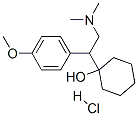
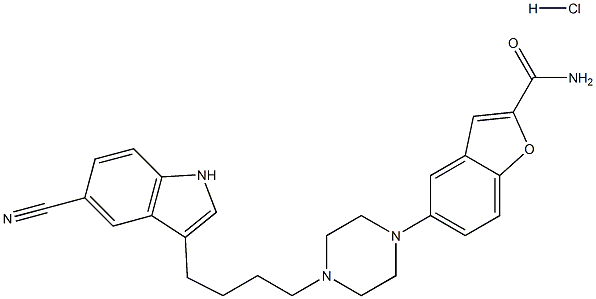
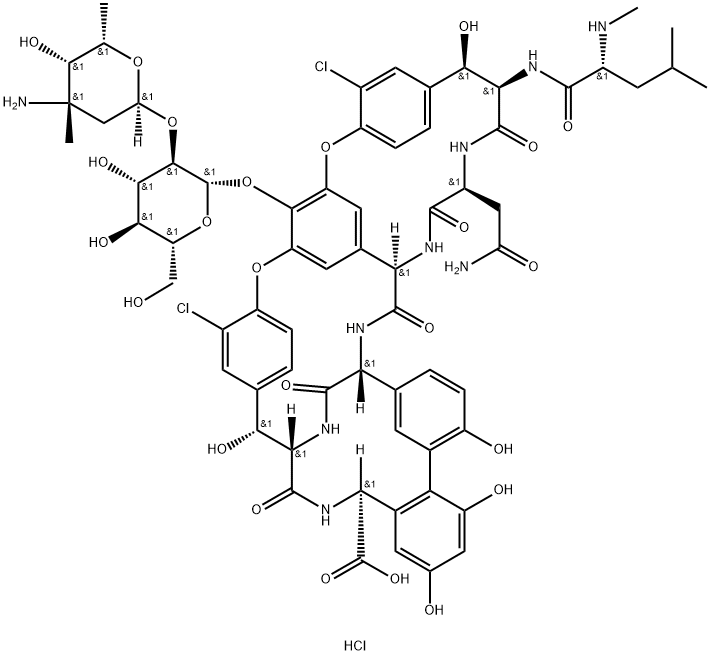
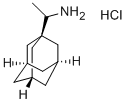

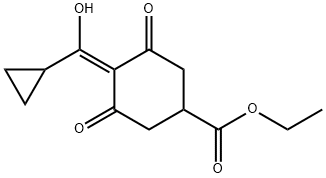


You may like
-
 Verapamil Hydrochloride CAS 152-11-4View Details
Verapamil Hydrochloride CAS 152-11-4View Details
152-11-4 -
 Verapamil CAS 152-11-4View Details
Verapamil CAS 152-11-4View Details
152-11-4 -
 (±)-Verapamil, Hydrochloride CAS 152-11-4View Details
(±)-Verapamil, Hydrochloride CAS 152-11-4View Details
152-11-4 -
 (±)-Verapamil hydrochloride CAS 152-11-4View Details
(±)-Verapamil hydrochloride CAS 152-11-4View Details
152-11-4 -
 Verapamil hydrochloride CAS 152-11-4View Details
Verapamil hydrochloride CAS 152-11-4View Details
152-11-4 -
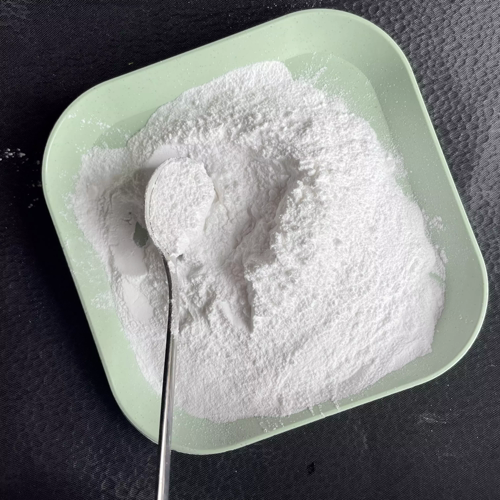 152-11-4 Verapamil hydrochloride 99%View Details
152-11-4 Verapamil hydrochloride 99%View Details
152-11-4 -
 152-11-4 98%View Details
152-11-4 98%View Details
152-11-4 -
 733039-20-8 5-broMo-2-chloro-N-cyclopentylpyriMidin-4-aMine 98+View Details
733039-20-8 5-broMo-2-chloro-N-cyclopentylpyriMidin-4-aMine 98+View Details
733039-20-8